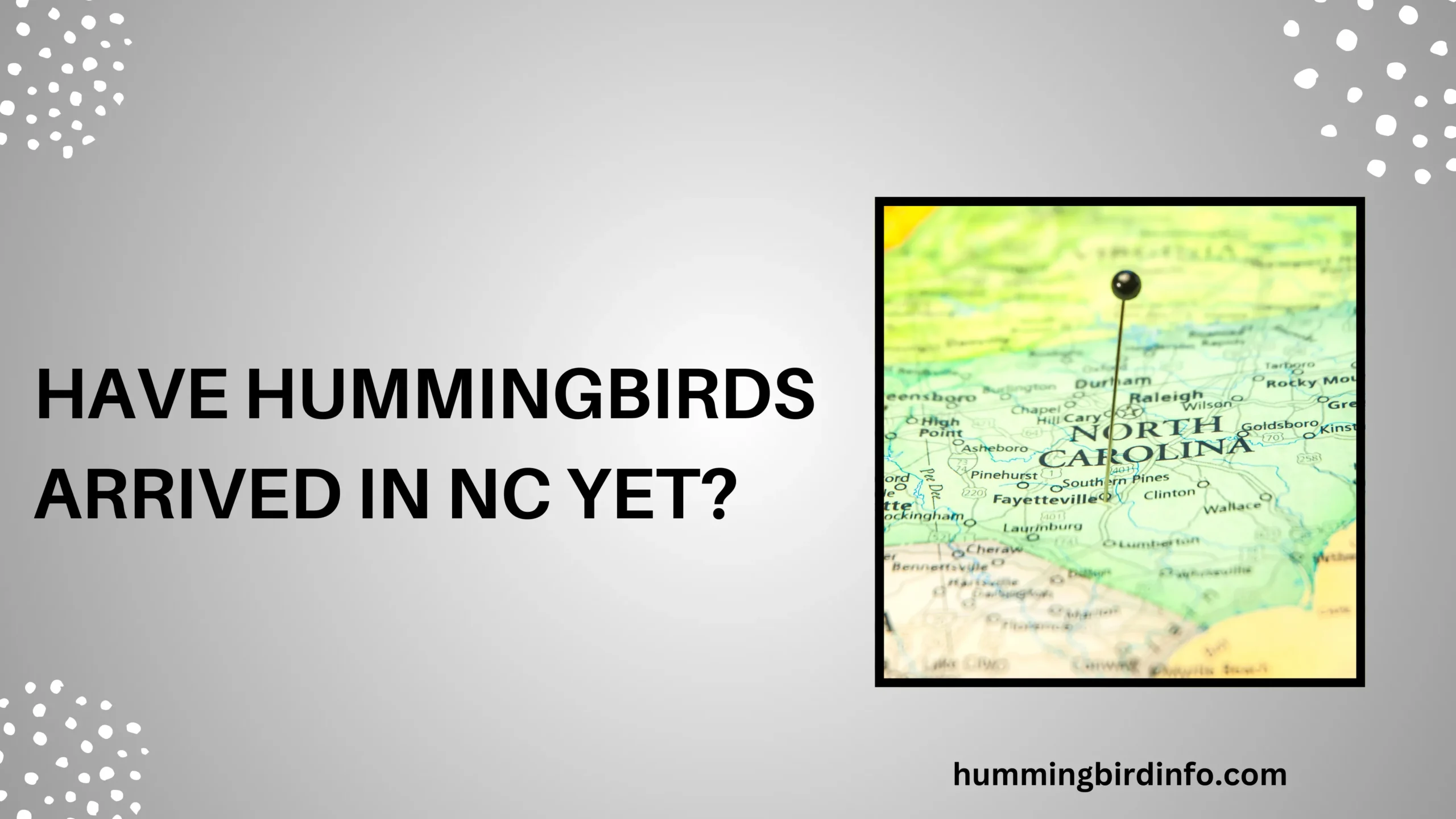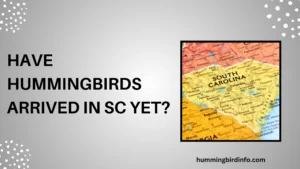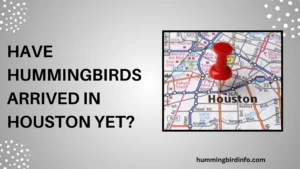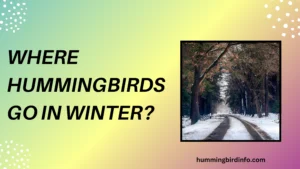The return of hummingbirds each spring brings with it a wave of wonder and excitement for nature lovers across North Carolina. These tiny, energetic creatures—with their iridescent feathers, buzzing wings, and bold personalities—are more than just a backyard delight.
They are essential pollinators that help sustain the ecosystems they flutter through, making their seasonal appearance something many eagerly await.
In North Carolina, hummingbirds hold a special place in the hearts of birdwatchers, gardeners, and families who enjoy watching them hover over feeders and flowers.
Each year, as winter fades, a familiar question begins to pop up across the state: “Have the hummingbirds arrived yet?” This isn’t just curiosity—it’s a ritual. People clean feeders, plant flowers, and watch for the first flash of color to dart through their yards.
If you’re wondering whether it’s time to hang your feeder or what influences their arrival, this guide covers everything. From typical arrival dates to the species you might spot, from tracking tools to tips for creating a hummingbird haven, we’ve got you covered.
Let’s dive into when and why hummingbirds make their seasonal comeback in North Carolina—and how you can make your yard a welcome stop on their journey.
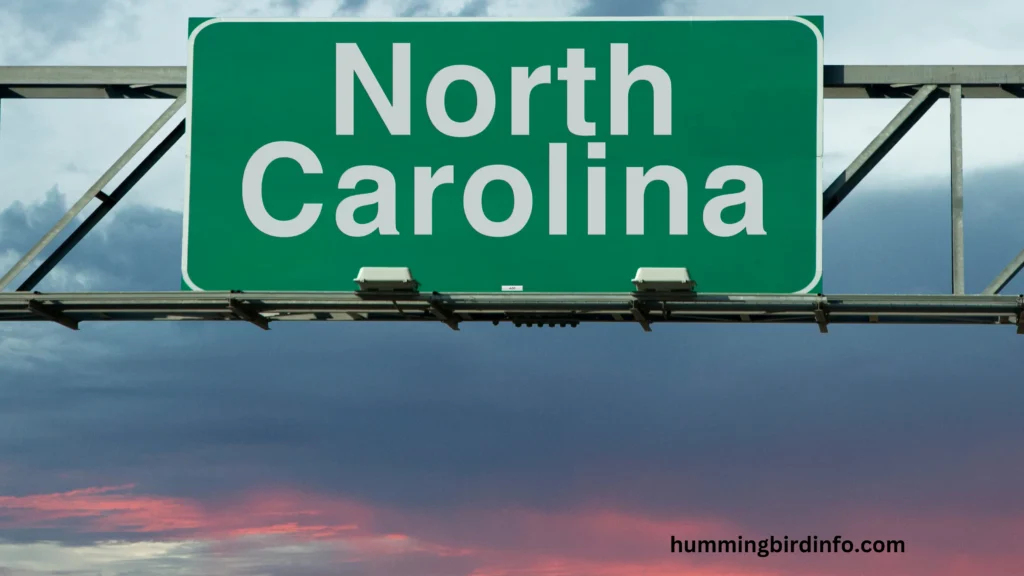
Contents
- 1 Typical Hummingbird Arrival Times in North Carolina
- 2 Factors Influencing Hummingbird Migration
- 3 Hummingbird Species Found in North Carolina
- 4 How to Track Hummingbird Arrivals
- 5 Attracting Hummingbirds to Your Yard
- 6 The Importance of Supporting Hummingbirds
- 7 Conclusion
- 8 FAQs
- 9 1. When do hummingbirds usually arrive in North Carolina?
- 10 2. What kind of hummingbirds can I see in NC?
- 11 3. How do I know if hummingbirds are near me?
- 12 4. When should I put out my hummingbird feeder in NC?
- 13 5. What should I put in my hummingbird feeder?
- 14 6. Why are hummingbirds important?
Typical Hummingbird Arrival Times in North Carolina
The most common visitor in North Carolina is the Ruby-throated Hummingbird, a species known for its dazzling green back and bright red throat in males. These birds migrate from Central America and southern Mexico each year, crossing vast distances to return.
Early arrivals can be seen as soon as mid-March, especially in the coastal plain where warmer temperatures arrive first. The peak arrival time for most areas—including the Piedmont—is late March through early April, with the mountains seeing arrivals a bit later.
Male hummingbirds tend to arrive first to establish territory, followed by females a few days to weeks later. To monitor their return precisely, platforms like eBird provide real-time tracking maps showing exact locations and dates of sightings throughout North Carolina.
Factors Influencing Hummingbird Migration
Hummingbird migration is primarily triggered by longer daylight hours, which signal their biological clocks that it’s time to move north. This instinctual drive is strong and consistent, though timing can vary slightly by year.
Temperature and flower availability also play important roles. Warmer days mean earlier blooms, which can encourage hummingbirds to arrive sooner in search of nectar. If flowers bloom late, birds may be delayed.
Weather patterns—such as cold snaps or warm fronts—can shift migration timing by several days. With climate change, some birdwatchers have reported earlier-than-usual arrivals, creating both opportunities and challenges for local ecosystems.
Hummingbird Species Found in North Carolina
The Ruby-throated Hummingbird is by far the most widespread and well-known in North Carolina. Males are easily recognized by their red throats, while females and juveniles have white throats and greenish backs.
Although rare, other species occasionally visit the state. These include the Rufous Hummingbird, known for its reddish-brown coloration, and even Anna’s Hummingbird, more common on the West Coast but spotted in NC during unusual migration years.
To identify them correctly, use field guides or online tools like Merlin Bird ID, which help match sightings with likely species based on location and time of year.
How to Track Hummingbird Arrivals
Tracking the return of hummingbirds in North Carolina is easier than ever thanks to platforms like eBird, run by the Cornell Lab of Ornithology. Users submit sightings that are mapped out in real-time, offering detailed insights.
To check for hummingbirds in your area, search eBird by your zip code or county, and sort results by species and date. You can also submit your own sightings to contribute to citizen science data.
Local birdwatching groups and social media pages such as “Birdwatchers of North Carolina” or regional Facebook groups are also great for updates. Many members share photos, migration maps, and feeder tips in real time.
Attracting Hummingbirds to Your Yard
To welcome hummingbirds, start by planting native nectar-rich flowers. Great options include trumpet vine, cardinal flower, coral honeysuckle, and bee balm—all loved by these fast-flying guests.
Put out feeders by mid-March, using a mix of 1 part sugar to 4 parts water—no dyes needed. Clean feeders every few days, especially in warmer weather, to prevent mold and bacteria.
Provide shelter and water to make your yard more inviting. Trees and shrubs offer safe resting spots, while a mister or shallow fountain can help birds cool off and stay hydrated during their travels.
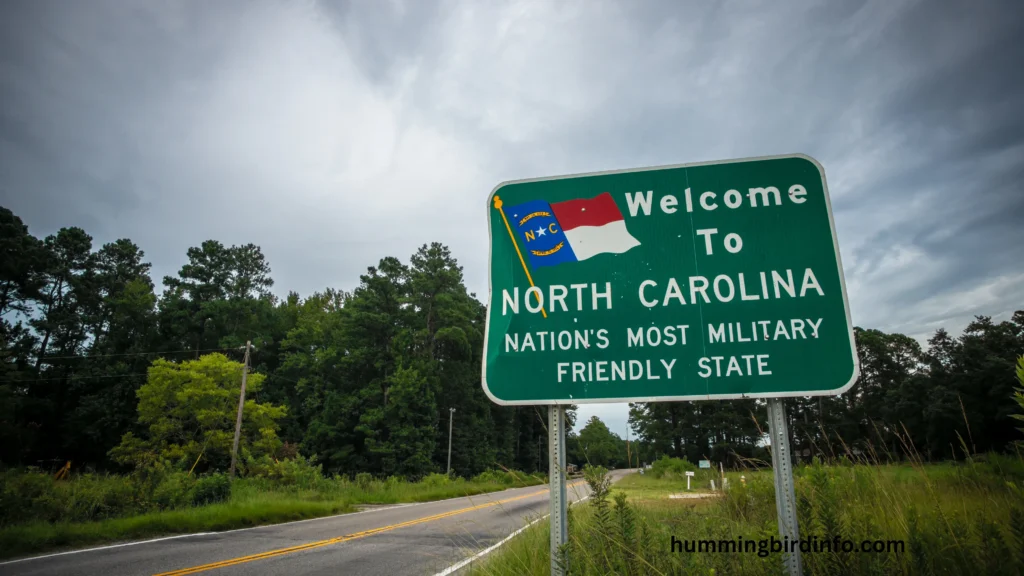
The Importance of Supporting Hummingbirds
Hummingbirds are more than just charming visitors—they are vital pollinators for many wildflowers and garden plants. Their rapid visits transfer pollen between blossoms, supporting local plant reproduction.
They also help maintain biodiversity and contribute to the ecological balance of both natural and urban spaces. Their decline would disrupt many delicate food webs.
To support hummingbirds long-term, avoid pesticides, plant native species, and participate in citizen science. Even a small garden or feeder can help sustain these incredible travelers during their migration.
Conclusion
So, have hummingbirds arrived in NC yet? The answer depends on where you are in the state—but for most regions, the season is already underway or just around the corner. Whether you’re on the coast or in the mountains, keep your eyes peeled for that first flash of color darting through your yard.
By understanding their migration patterns, knowing how to track sightings, and preparing your yard with the right plants and feeders, you can be part of this annual natural event. Watching a hummingbird hover at your feeder is a reward that never gets old.
These tiny birds travel thousands of miles to reach your backyard—let’s make it a welcoming place for them to rest, refuel, and continue their vital work as pollinators.
FAQs
1. When do hummingbirds usually arrive in North Carolina?
Most Ruby-throated Hummingbirds arrive in late March to early April, though some early sightings occur as soon as mid-March, especially in eastern NC.
2. What kind of hummingbirds can I see in NC?
The Ruby-throated Hummingbird is the most common. Rare sightings of Rufous and Anna’s Hummingbirds have also been reported.
3. How do I know if hummingbirds are near me?
Use websites like eBird.org to view recent sightings in your county or city. You can also check local birdwatching social media groups.
4. When should I put out my hummingbird feeder in NC?
Put out feeders by mid-March to catch early arrivals. Keep them out through October, when migration ends.
5. What should I put in my hummingbird feeder?
Use a 1:4 sugar-to-water ratio. Avoid red dye—it’s not necessary and may be harmful to birds.
6. Why are hummingbirds important?
They are key pollinators, helping plants reproduce and keeping ecosystems healthy. They support biodiversity.

